- Stay Connected
 Abraham Lincoln
If given the truth, the people can be depended upon to meet any national crisis...
Abraham Lincoln
If given the truth, the people can be depended upon to meet any national crisis...
 Guildford news...
for Guildford people, brought to you by Guildford reporters - Guildford's own news service
Guildford news...
for Guildford people, brought to you by Guildford reporters - Guildford's own news service
Around The Very Top: Britain’s Most Northerly Town – Not So Bad After All
Published on: 4 Jun, 2015
Updated on: 4 Jun, 2015
Martin Giles is cycling around the top of northern Scotland with his son Tom. This is a report on the leg from Strathy to Thurso. Find other reports in the series by searching on: “Around The Very Top”.
Note: most images can be enlarged by clicking on them.
By Martin Giles
Weather can make a huge difference to the impression one receives of any place and I was prepared to give Thurso a second chance the day after our arrival, our second “rest day” of the short tour.
Our start was not auspicious. We went down to breakfast just before 9am but the waitress could not have made it more obvious that she wanted us to be finished and away as soon as possible.
We were the only ones in the hotel dining room, as we had been the previous evening for our dinner, but the food itself was fine.
The weather had improved. It had stopped raining. I was anxious to start our exploration of the town but first had to complete an Around The Very Top article. Tom was happy to wait. He had brought plenty of reading associated with his university course.
By the time we got going it was after midday. We wandered down Sinclair Street past the town square, pausing at the impressive war memorial. Most of the unfortunate list comprised, unsurprisingly in this neck of the woods, members of the Seaforth Highlanders but one entry jumped out at me, “David Taylor R W Surreys”.
They meant The Queens (Royal West Surrey Regiment), of course, but I wonder how a chap from the other end of the country ended up with them. There are several possible explanations – perhaps he had moved south before enlisting – but it does stick out like a sore thumb.
We carried on into Traill Street and then the High Street, now pedestrianised. We were looking for somewhere to have a light lunch. A cafe that sold sandwiches seemed acceptable and we could sit outside, the weather was now that good.
As we started to eat a family sat nearby and also commenced to have lunch. Whilst the mother was inside I rescued the young son who had managed to get his wellington booted feet stuck between the slats of the chair he was kneeling on. He seemed surprised but pleased to be released.
The husband, who had been apparently unperturbed by his son’s entrapment, was sitting on a bench a yard away, with a dog on a lead, and was given his lunchtime sandwich on his wife’s return.
Whilst he was eating his sandwich the observant dog all of a sudden saw his chance and took a quick bite. Instead of remonstrating with his dog the man looked to see if his wife had noticed. She hadn’t, so he continued to eat the rest of the sandwich unworried.
Oh well share and share alike, I suppose.
We had already spotted our main objective for the day, “Caithness Horizons”, effectively the County museum. It houses a permanent collection that tells the story of Caithness from 416 million years ago to the present day with exhibitions featuring the Picts, Vikings, and the history of the Dounreay nuclear research establishment.
Housed in a striking building, Mey House, the museum is very well laid out with exhibits attractively displayed.
I could not help but think if only Guildford had something similar, but then those involved had managed to secure Lottery Heritage and EU funding – something more difficult, I expect, for a project in one of the South East’s most prosperous towns.
It was recommended that we started our museum visit by viewing a film in a small cinema in the top floor. It was very good – high production values and many striking shots of the photogenic area.
It explained that although the very north of Great Britain, to the Vikings and Norsemen it was to the south, hence “Sutherland”. Meanwhile the origin of Caithness comes from the Norse name for the Pictish people who lived here, known as the Catt people combined with -ness the Norse element for headland.
One exhibit was a throne like chair equipped with voice recordings of Caithness residents form past generations. We all know the value of such records but still we fail to collect enough of them, in my view. The trouble is we do not value contemporary history. It seems too familiar, too commonplace – but even in 50 years time our descendants might be fascinated to hear our accounts.
Another area of the museum concentrated on the development of the nuclear power and research centre at Dounreay which commenced in the 1950s. The activity brought investment and people to the town, boosting its population rapidly to 12,000. It has now declined to a little under 8,000.
We digested all the new information on the area’s history with the help of some excellent scones in the museum’s tea-shop. It was obviously a hit with locals, who probably made up the majority of the customers, as well as those of us who had visited the museum.
In the evening, not wishing to dine in an empty restaurant, we decided to go out. Tom did some online research and selected the Red Pepper as the lucky eatery that would receive our custom.
Of course, as we passed the hotel dining room it was alive with people, I think a coach party had arrived, but having made up our minds we pressed on. The Red Pepper proved to be a good choice and was obviously popular with locals and visitors alike.
When the starters came we were both delighted with our choices. My chicken skewers and Tom’s garlic mushrooms were both well presented and delicious and the following courses matched up.
At the end of the meal we asked about something we had seen at the museum, “Is it true, I said, ‘that people from Wick are called ‘Dirty Wickers’ (pronounced Dirty Weekers)?”
“Oh yes”, she replied, “there is a bit of a rivalry between the people in Thurso and those in Wick; it’s a bit like the rivalry between Manchester and Liverpool.”
“We like to think that we are superior to the people from Wick so we call them ‘Dirty Wickers’ while they think we are a bit stuck up so they call us ’Teenabowlies’ (pronounced Tea-in-a-bowelies). In was left undetermined why drinking tea from a bowl should be considered snooty but we decided to take no side and ordered coffee in clean cups.
The next morning, before we set off for John o’Groats, I had a quick walk around the town while Tom was packing up. It was easy to discern the difference between the old town with its ruined church, St Peters, down near the harbour and the rigid grid patterned newer parts planned by Sir John Sinclair of Ulbster in 1798 (the Sinclairs are to Caithness what the Mackays are to Sutherland).
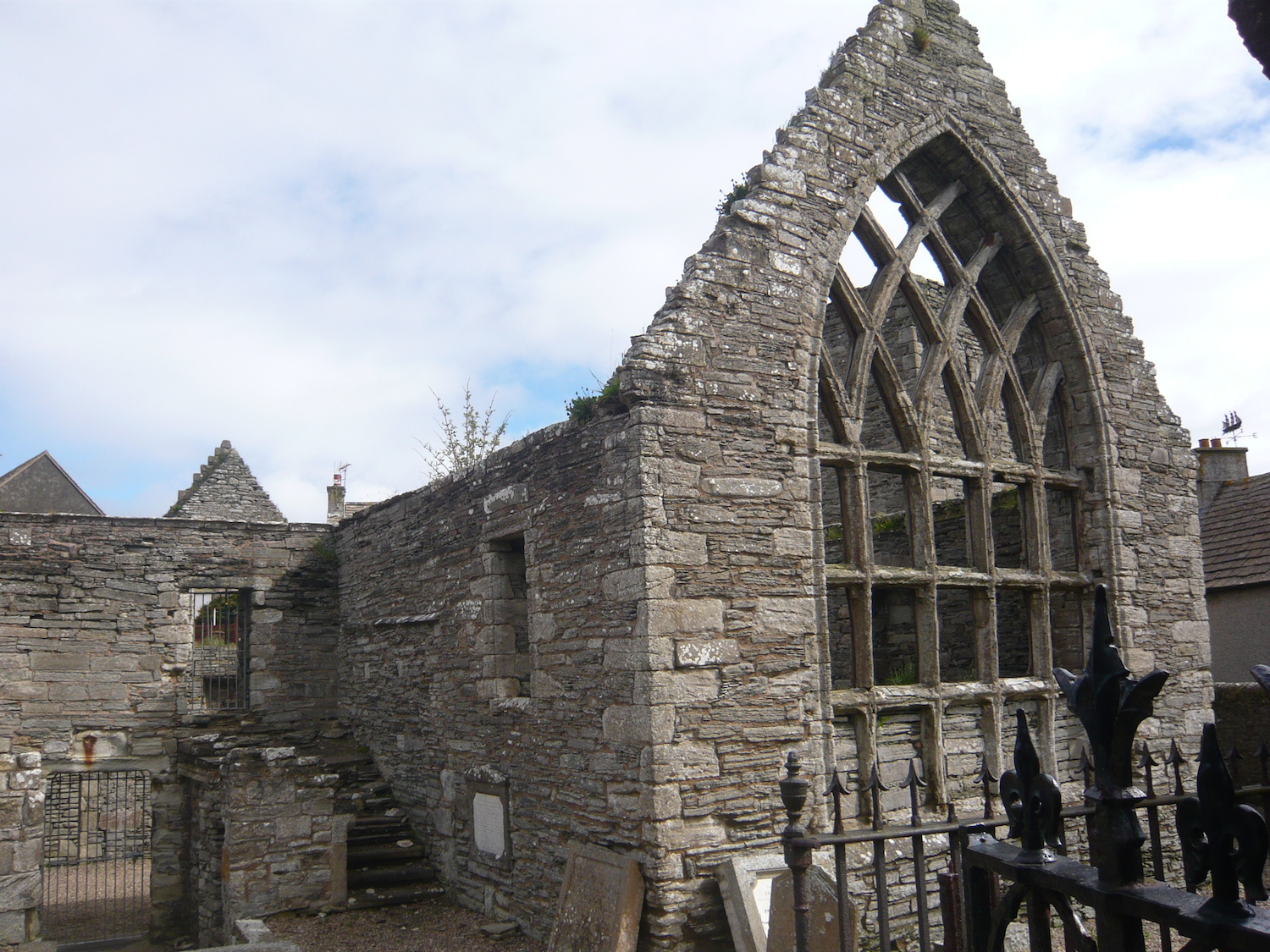
Another view of St Peter’s. The adjacent graveyard had suffered from vandalism a few years ago. Who would do such a thing?
I preferred the irregular narrow streeted quarter but I expect Sinclair was trying to bring order and sanitation to a settlement that in the 18th century had little of either, and for that he should be applauded. After all, as was stated, Thurso is the principal market, service and social centre for West and Central Caithness and a wider hinterland reaching deep into North Sutherland.
Some of the older cottages were made of stone with an attractive mix of shades. Right next door could be newer looking “harked” or stonecast houses. It seemed a shame that at least in the old quarter the Highland council could not enforce a rule that made newer buildings use the older, but still practical, materials.
Thurso had definitely redeemed itself after its inauspicious introduction but it still appeared that more inward investment was required. One of the main employers is BT, who have a BT call centre, we were told, but they need other business to set up to generate more wealth and a rise in living standards.
Next: From Thurso to John O’Groats




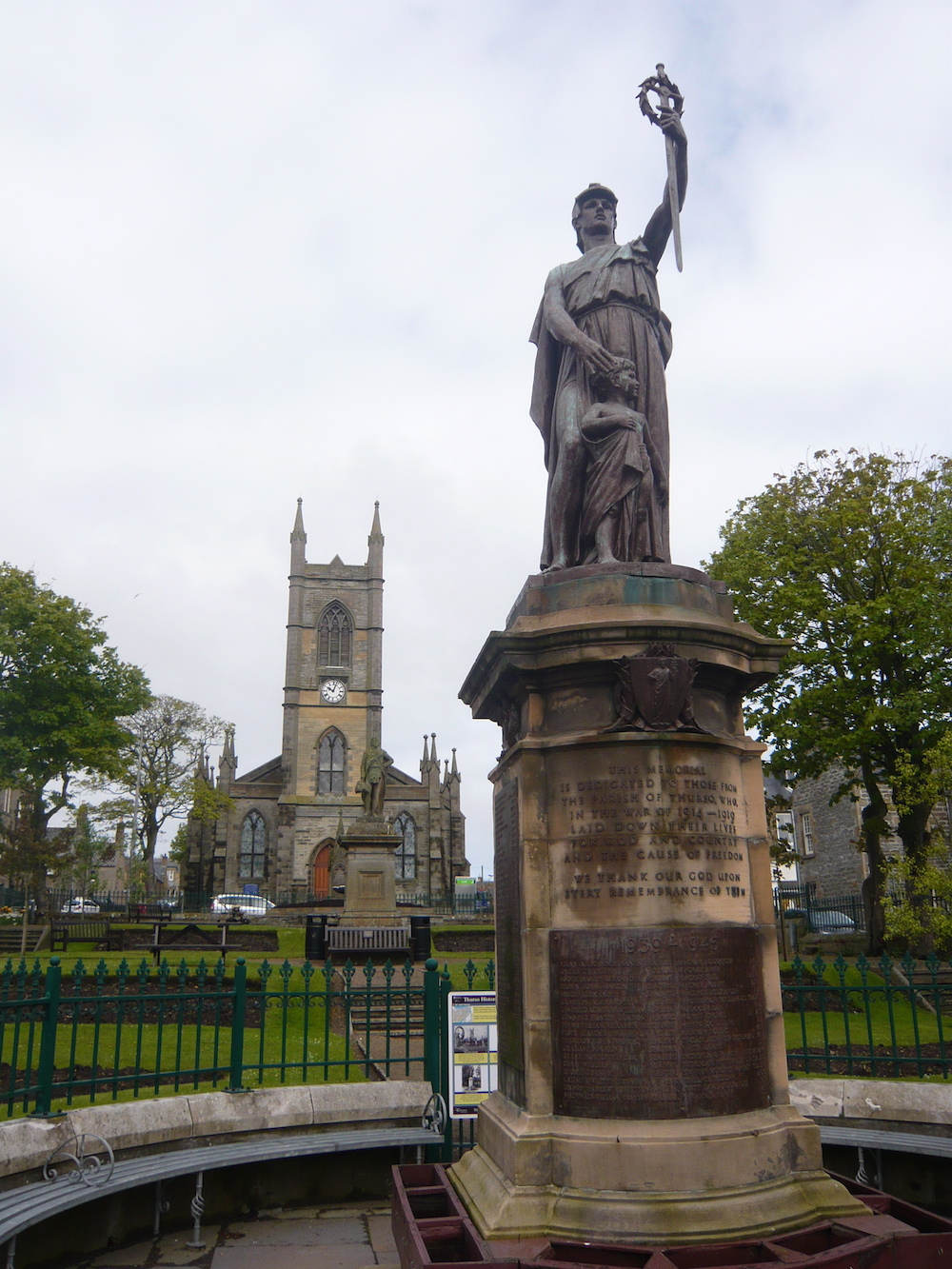

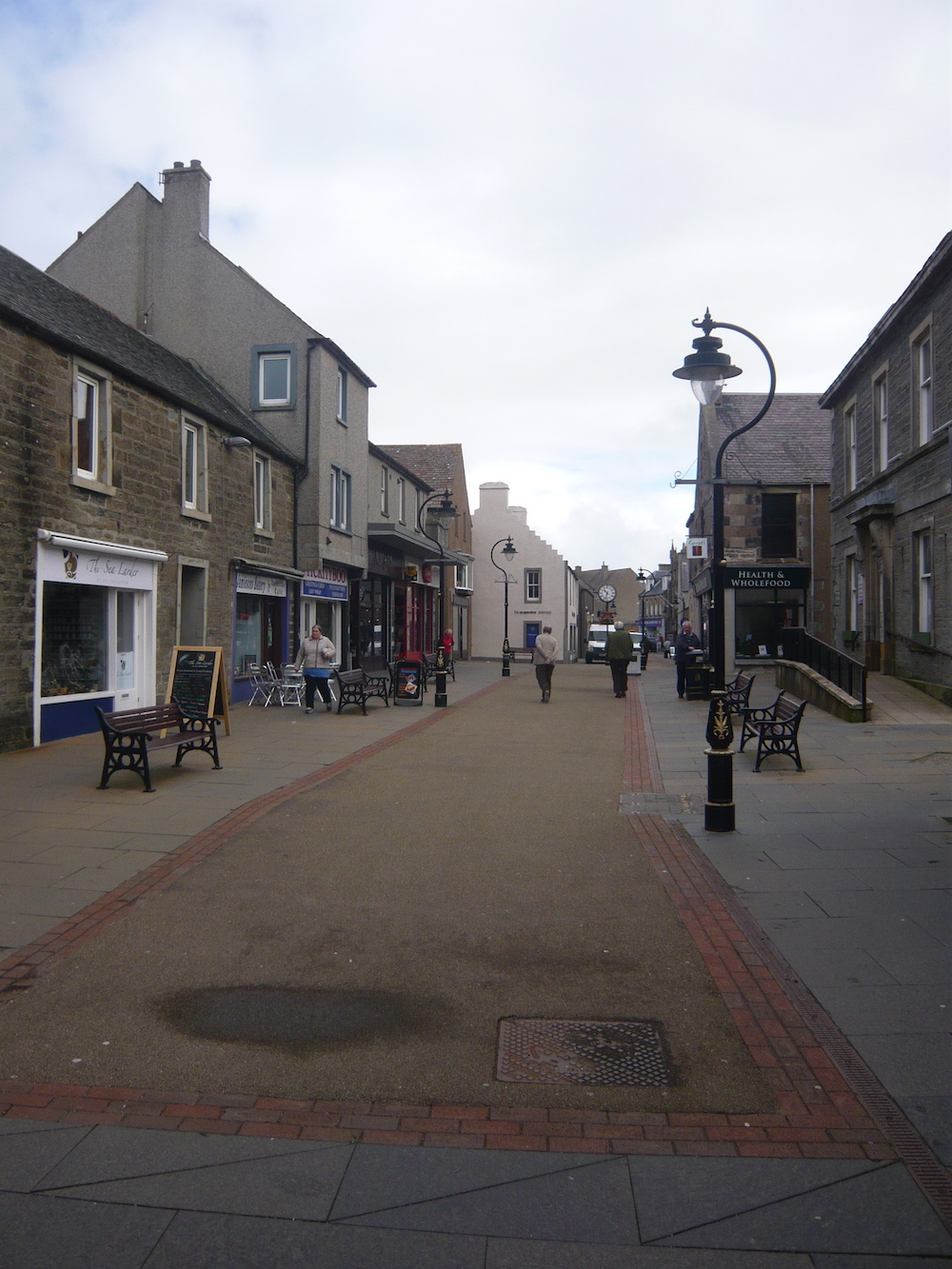


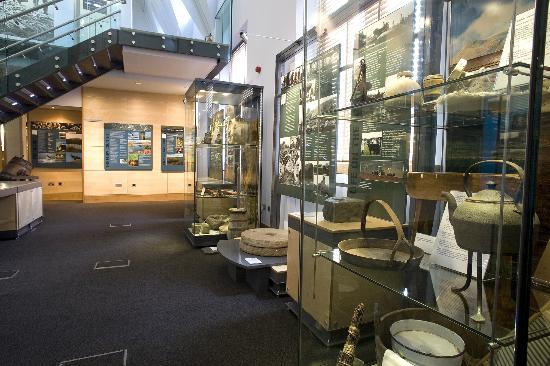

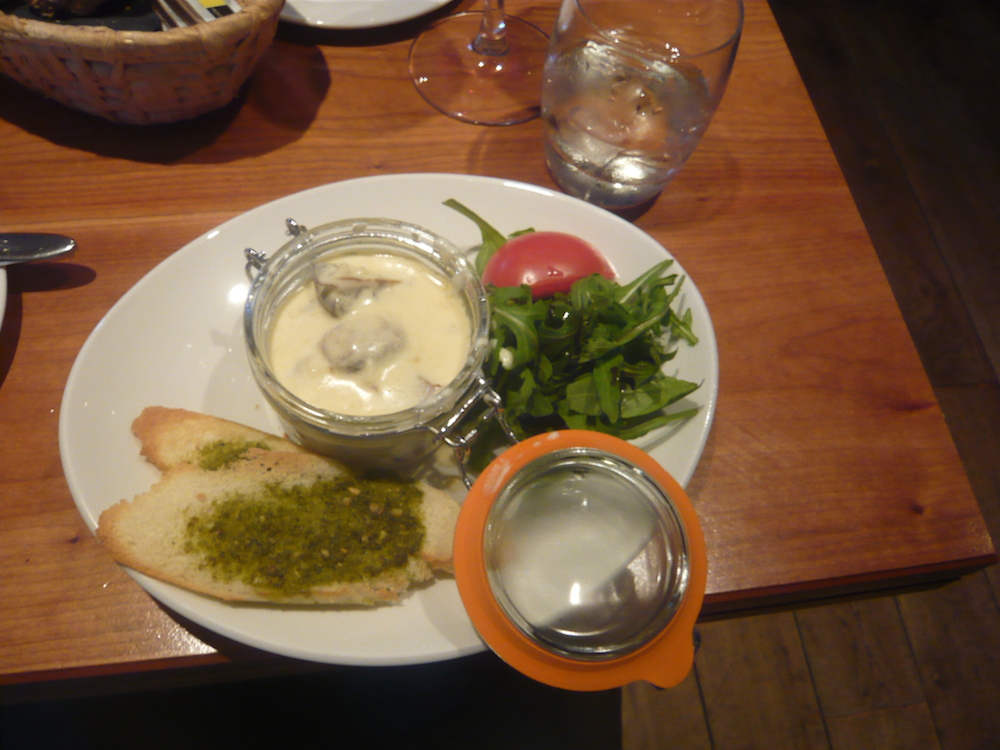


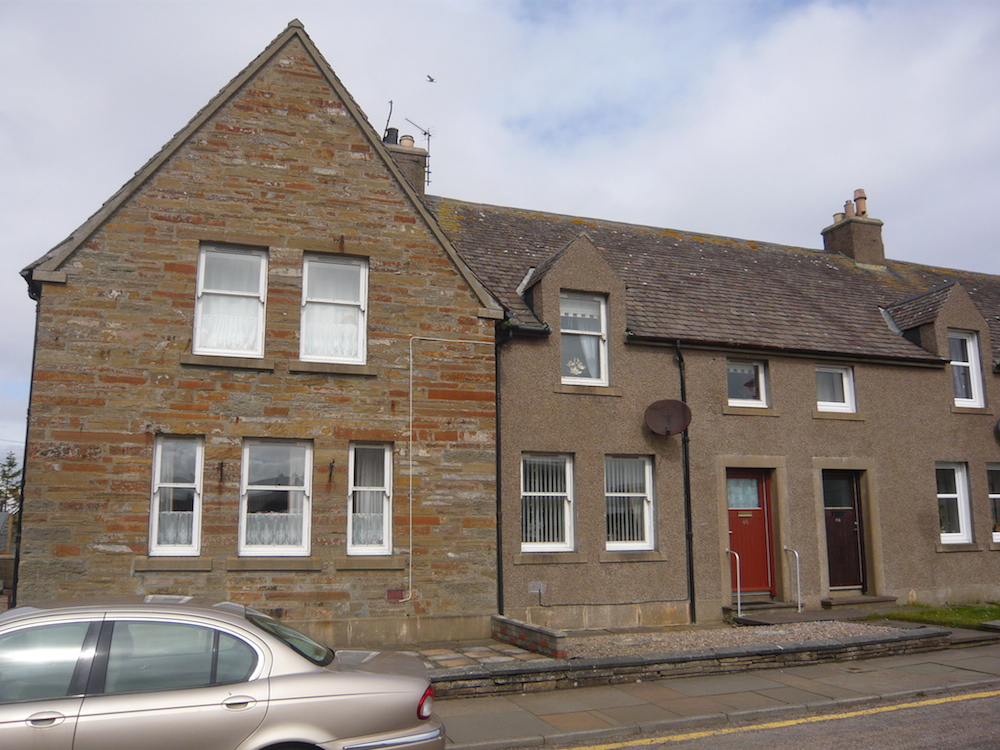









Dennis Paul
June 6, 2015 at 9:38 pm
Your description of Thurso brought back memories of a drive trip in 1991 with Japanese friends from Stirling University. The area is a great drive, but I only wished I’d cycled it to take everything in at a slower pace. Thankfully there’s plenty good hills round Guildford to compensate. Hope you’re enjoying the trip.
Martin Giles
June 6, 2015 at 11:56 pm
Thanks Dennis, trip now completed at Wick. We did really enjoy it. Hope to complete final instalment of Around The Very Top tomorrow (June 7).